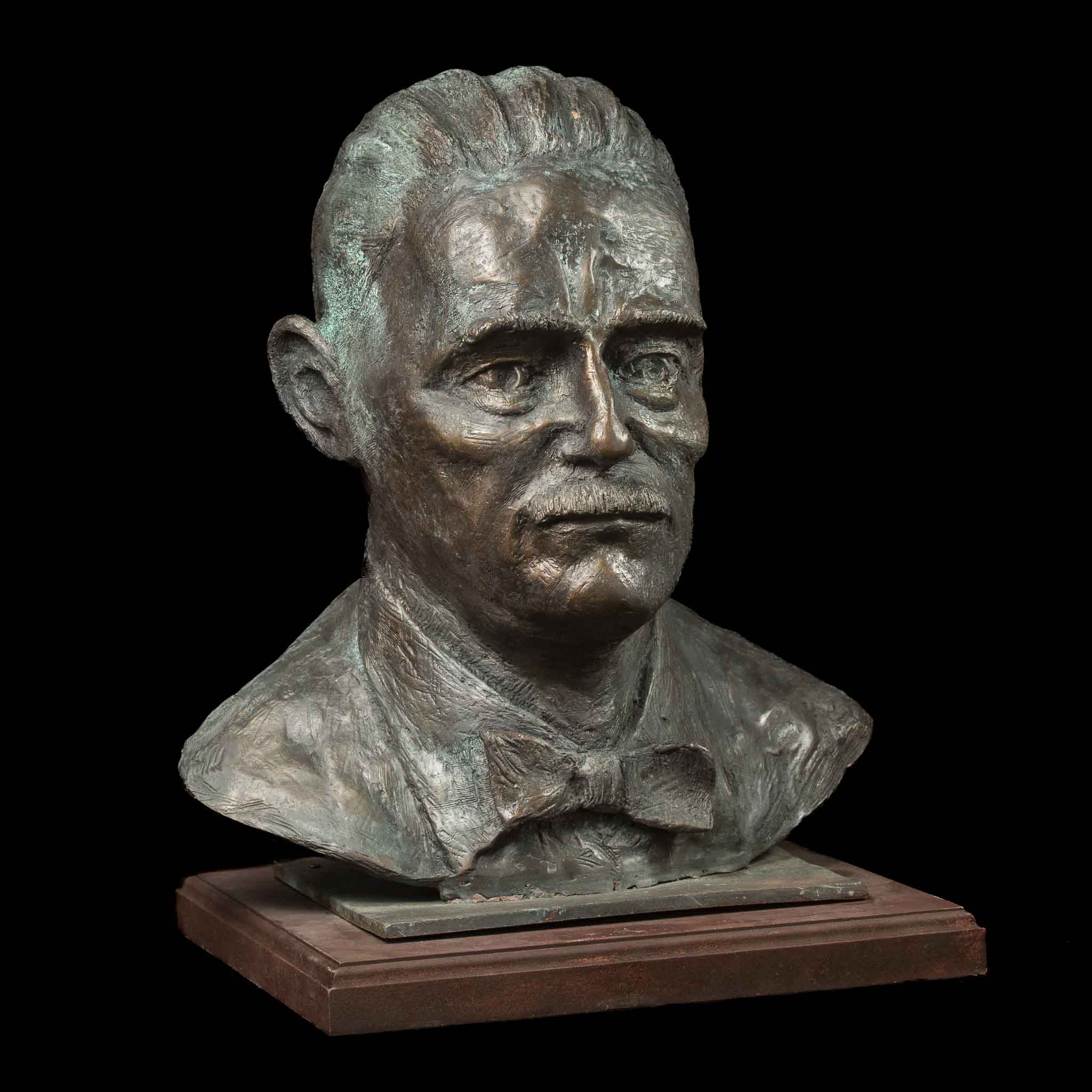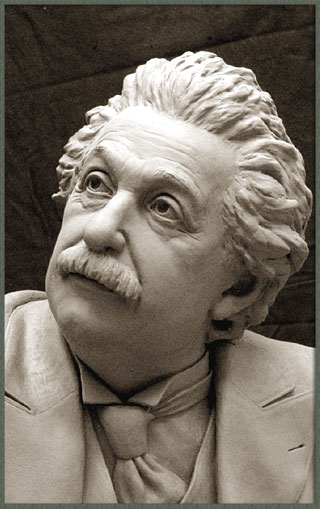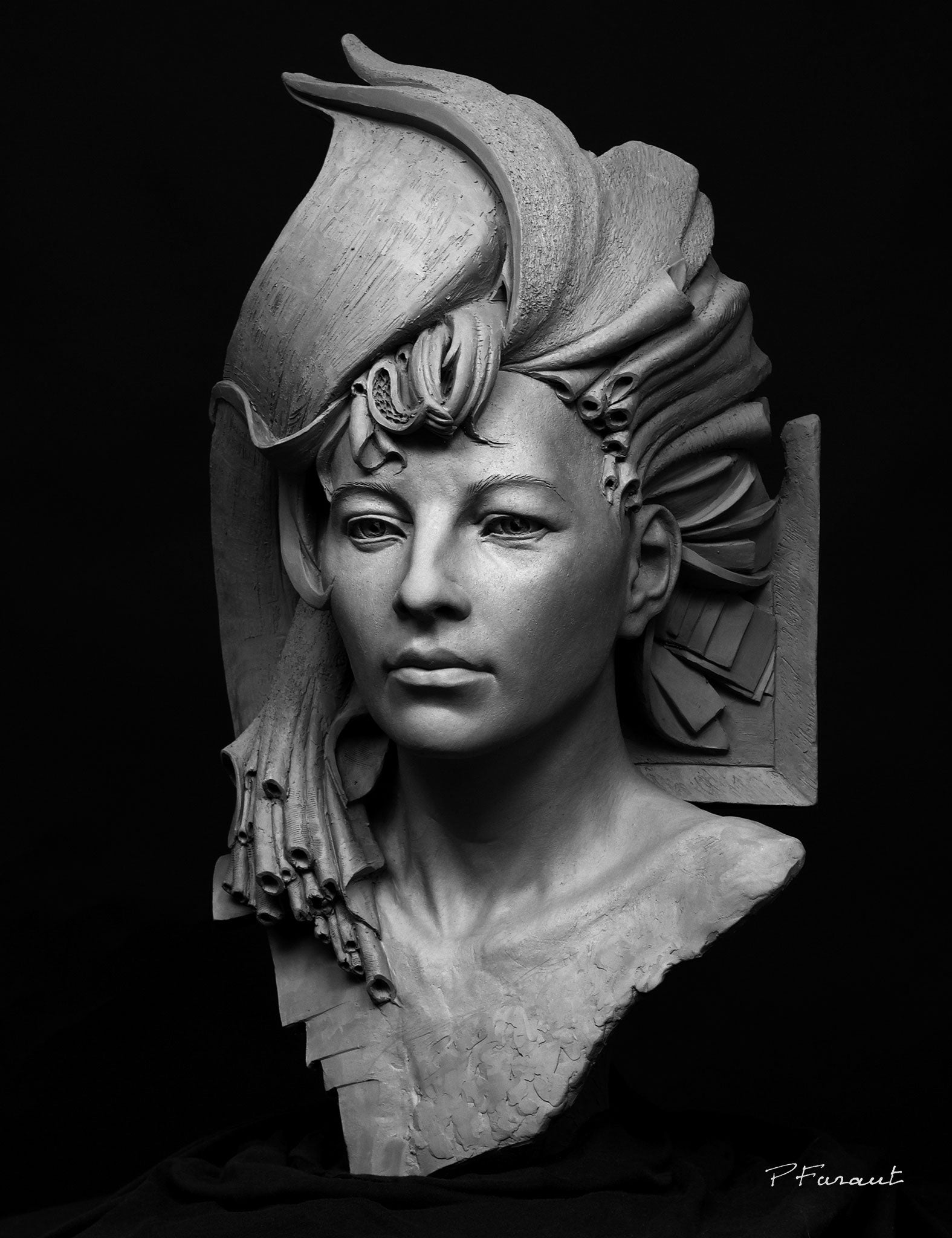Portrait Sculptor: Capturing Essence in Three Dimensions
Wiki Article
The Development of Sculptures: From Old to Modern
The Advancement of Sculptures: From Ancient to Modern. Robert C Hitchcock Sculptor.Sculpture, among the oldest types of art, has been an important component of human civilization for centuries. From the old people of Egypt and Greece to the contemporary era, sculptures have advanced, reflecting adjustments in artistic strategies, products, and cultural influences. This trip via time traces the growth of sculptures, exploring the changes stylishly, subject, and artistic expression.
Beginning with the ancient globe, sculptures crafted from stone and later bronze caught the essence of divine beings, rulers, and daily life. The Renaissance duration saw a rebirth of classical sculpting methods, as artists sought to mimic the stylish kinds of old Greek and Roman sculptures (Portrait Sculptor). In the modern age, artists tested conventional boundaries, accepting abstraction and testing with new materials
This expedition will certainly explore the diverse evolution of sculptures, disclosing the abundant tapestry of creative expression across different periods and cultures.

Ancient Sculptures: From Stone to Bronze
Ancient sculptures transitioned from being sculpted out of rock to being cast in bronze. Rock sculptures, while impressive in their own right, were restricted by the nature of the product. Portrait Sculptor.The intro of bronze as a tool for sculptures brought about a change in creative expression. Bronze used artists the opportunity to develop detailed and natural types that were not feasible with rock. The procedure of casting bronze enabled the creation of numerous duplicates of a sculpture, allowing bigger circulation and preservation of these creative masterpieces.
The change from stone to bronze additionally saw a change in the topic of sculptures. While stone sculptures mostly shown gods, goddesses, and mythological figures, bronze sculptures started to reflect a more comprehensive series of topics, consisting of everyday individuals and pets. This growth of topic showcased the convenience and adaptability of the bronze tool.
Renaissance Resurgence: Shaping in the Timeless Design
The Renaissance revival of sculpture experienced a revival in the timeless style, building upon the developments made throughout the shift from rock to bronze in ancient sculptures. Throughout this period, musicians looked for to recreate the classic visual and perfects of beauty that prevailed in ancient Greek and Roman sculptures.Among the vital attributes of the Renaissance rebirth was the emphasis on naturalism and the human kind. Sculptors like Donatello and Michelangelo make every effort to capture the anatomical details and expressions of their subjects with unprecedented accuracy. They researched the human body and incorporated their observations right into their sculptures, resulting in reasonable and natural representations.
Another important element of the Renaissance revival was the exploration of perspective and deepness. Musicians made use of methods such as contrapposto, where the weight of the body is changed to one side, creating a sense of motion and dynamism. They likewise trying out different products, consisting of marble and bronze, to achieve a level of elegance and details in their sculptures.

Innovation and the Avant-Garde: Breaking Typical Limits
Throughout the Innovation and Avant-Garde activities, carvers pushed the limits of conventional imaginative conventions. This period, which arised in the late 19th and early 20th centuries, saw a remarkable change in the method musicians approached sculpture. Rejecting the concept of art as mere imitation, modernist carvers looked for to discover new forms, materials, and ideas.
Among the key attributes of modernist sculpture was the emphasis on abstraction. Sculptors moved away from realistic depictions and rather concentrated on catching the significance of the topic via streamlined kinds and geometric forms. This departure from traditional depiction allowed artists to share their emotions and ideas in an extra individual and subjective manner.
Contemporary Sculptures: Exploring New Materials and Concepts
With a concentrate on checking out brand-new materials and concepts, contemporary sculptures have actually transformed the area of art. Artists today are pushing the borders of traditional sculpture by making use of cutting-edge products and experimenting with abstract concepts. These sculptures challenge conventional ideas of materiality, significance, and kind, welcoming visitors to engage in a brand-new and thought-provoking artistic experience.Contemporary carvers are welcoming a variety of materials, consisting of plastic, glass, metal, and also raw material. They are not restricted to the standard tool of stone or clay, enabling for higher flexibility of expression and testing. This change in the direction of unique products has actually opened up brand-new possibilities Robert C Hitchcock Sculptor for musicians to develop sculptures that are vibrant, interactive, and aesthetically striking.
In addition to checking out new materials, modern sculptures also delve into complex and abstract ideas. Artists are currently exploring styles such as identity, social concerns, and the setting, making use of sculpture as an effective tool for social commentary and self-questioning. These sculptures test audiences to believe seriously and engage with art on a much deeper degree, triggering conversations and provoking psychological actions.
International Influences: Sculptural Practices From Worldwide
Sculptural traditions from various areas of the world have significantly formed the evolution of sculptures throughout background. The worldwide impacts on sculpture have been varied and have actually added to the splendor and variety of creative expressions. From the old people of Egypt, Greece, and Rome to the detailed makings of Asian cultures, each region has developed its special sculptural customs that have affected musicians throughout time.In old Egypt, sculptures were developed largely for funerary and spiritual objectives. The legendary sculptures of gods and pharaohs, such as the Great Sphinx and the breast of Queen Nefertiti, showcase the Egyptians' proficiency of rock carving and their idea in the afterlife.

In old Rome, sculpture offered both creative and political functions. Roman sculptures frequently portrayed emperors, generals, and mythical figures, mirroring the power and majesty of the empire. The marble statuary of Augustus of Prima Porta and the huge Arch of Constantine are noteworthy examples of Roman sculptural achievements.
Asian sculptural practices, especially in India, China, and Japan, have also had an extensive influence on the development of sculptures. Japanese sculptures, influenced by Buddhism, stress simplicity and tranquility, seen in the calm sculptures of Buddha and the classy art of bonsai.
The global impacts on sculpture continue to advance in the modern period. As we look to the future, it is specific that the worldwide impacts on sculpture will continue to shape and redefine this old art form.
Verdict
In verdict, the development of sculptures has seen a shift from ancient rock and bronze works to the timeless resurgence throughout the Renaissance. Today, modern sculptures discover new products and concepts, while additionally attracting inspiration from global sculptural practices.From the ancient human beings of Egypt and Greece to the modern-day period, sculptures have actually evolved, showing adjustments in imaginative strategies, materials, and social influences.Beginning with the ancient globe, sculptures crafted from stone and later bronze recorded the essence of deities, rulers, and daily life.Old sculptures transitioned from being carved out of stone to being cast in bronze. While stone sculptures primarily shown gods, goddesses, and mythological numbers, bronze sculptures began to show a more comprehensive range of subjects, including day-to-day people and animals.In verdict, the evolution of sculptures has actually seen a shift from ancient rock and bronze works to the timeless resurgence throughout the Renaissance.
Report this wiki page